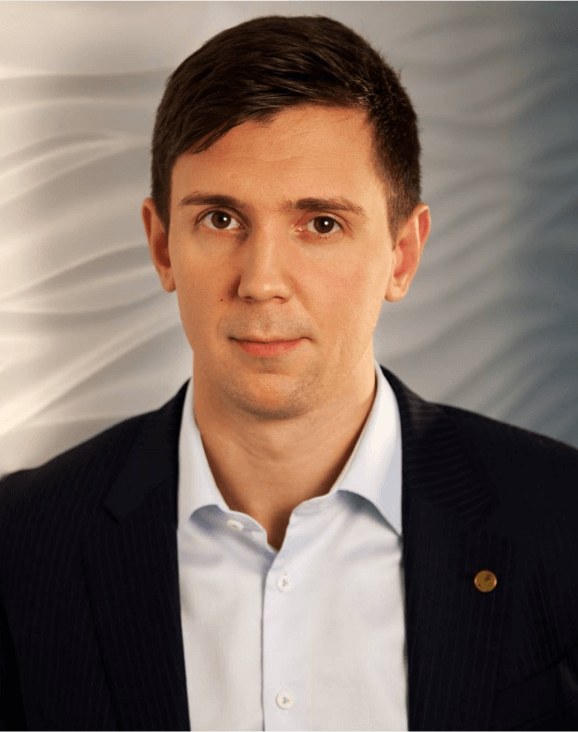
One of the main problems in the treatment of cancer and other diseases is the difficulty of delivering drugs accurately. Existing treatments often have severe side effects because the drugs are not delivered directly into the tumor or affected area, but are carried by the bloodstream throughout the body. In this context, the idea of our project was born. However, before presenting our solution to the world, it is required to discuss its intricacies with experts from various fields in order to prevent all possible issues and maximize the benefits of our work.
Our main task was to prove the applicability and effectiveness of our proposed system, and therefore we focused on studying the literature, communicating with medical experts, scientists, representatives of biotech and pharmaceutical companies. On this page, we show how our original intentions were shaped by the experience and knowledge of experts.
Discussion with experts from different fields to improve the relevance, efficiency and safety of our project.

How can we increase it?
The idea of our project has a strong scientific basis. Its relevance is that the proposed vesicular delivery system is more efficient than other drug delivery systems under development. The main advantage is safety for the organism - this method of treatment does not induce an immune response as it described on our Proposed Implementation page.
Nevertheless, in order to confirm our confidence, it was necessary to contact the scientists and find out what they generally think about the relevance of our project.
Researcher at the Institute of Medical Physics and Biophysics (Institut für Medizinische Physik und Biophysik, Münster, Germany). PhD.
Georgii Nosov really liked the idea of our project. The expert assessment turned out to be very high, Georgy praised the thoughtfulness of the project and inspired us to work.

Head of biomedical department (MIPT), PhD in biology.
Denis Kuzmin has a strong academic background and held top-manager positions at Russian and foreign organizations within high-tech and education industries. Based on his scientific experience and entrepreneurial vision, Denis gave a high expert assessment of the relevance of our project and provided financial support.

Associate Professor, Department of Biochemistry and Molecular Medicine, Lomonosov Moscow State University.
Maxim Karagyaur was enthusiastic about our project, provided us with lentiviral constructs and advised us on the design of experiments with them.

PhD, Senior Researcher at the MIPT Cell Signaling Regulation Laboratory.
Svetlana Zvereva supported our project and suggested general organizational issues related to the design of lentiviral constructs, the organization of work in the laboratory.


TOP-3 Russian pharmaceutical producers
To discuss pharmaceutical applications of our project in the future, we organized a meeting with representatives of the pharmaceutical company Valenta Pharm.

We talked about possibilities of vesicle production and the biosafety of our project. In the current phase of our project, we could not implement ideas for vesicle production, but we plan to develop them in the future.


Our project will really benefit the world only if it works as intended. Therefore, we focused on communicating with scientists and testing our hypotheses before starting laboratory work.
Timofey Zatsepin is an associate professor at Skolkovo Institute of Science and Technology and has over 20 years of research experience in the area of chemistry of nucleic acids.
We met him at the very beginning of our project’s development. We discussed the concept of our project and possible targets for the therapy with our system.

He advised not to use microRNAs and to consider packaging mRNAs into vesicles. This is due to the impossibility of exit the premicroRNA from nucleus without processing.
Project Impact: We revised our concept and redesigned the vectors for mRNA packaging.
Anastasia Efimenko is an associate professor at Lomonosov Moscow State University and the Head of the Laboratory of Tissue Reparation and Regeneration.
We consulted Anastasia Efimenko, a regenerative medicine and extracellular vesicles expert, to confirm our concept of using mRNA for therapeutic purposes.

She approved our concept and gave us a valuable piece of advice on lab work with both mRNA and vesicles by sharing her previous experience.
Project impact: Anastasia's advice helped us choose the optimal protocol for the isolation and purification of vesicles, which you can find on the Experiments and Protocols page.
Ph.D. student, engineer (Cell Signaling Regulation Laboratory).
We met with Anna Loboda to discuss the validation of our approach in cell culture.
She recommended that we knockout the syncytin receptor in HT-29 cells as a negative control.
Project impact: We designed a sgRNA for the knockout of the syncytin receptor with CRISPR/Cas9.

Associate Professor, Lomonosov Moscow State University.
We consulted with Pavel Makarevich regarding the choice of a cell line for the production of vesicles.
He proposed to reject the use of the hTERT cells and choose the MCF7 cell line due to poor transformation of primary cell lines, including hTERT cells.
Project Impact: We changed the cell line for the production of extracellular vesicles and started experiments with the MCF7 cell line.

Ph.D. student, Junior researcher (Laboratory of Structural Electron Microscopy of Biological Systems MIPT, Belozersky Research Institute of Physico-Chemical Biology MSU).
To better plan experiments for the assessment of our approach, we consulted with Ivan Sorokin.
Ivan proposed to test for translation efficiency of the developed transcripts in vitro.
Project Impact: We designed and cloned vectors for in vitro transcription, which we will soon use.

Throughout the iGEM competition, we had a number of effective conversations with experts and professionals, collected our research experience so that our project could be really effective and useful to the world, as well as to future generations of iGEMers who decide to develop systems like ours.



